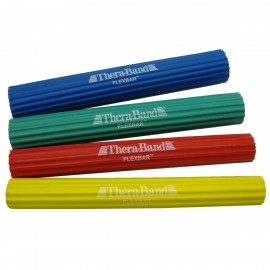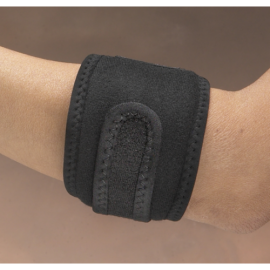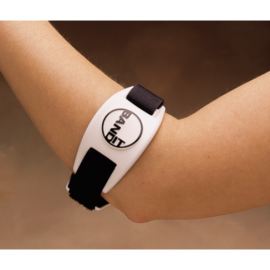Conservative Management for Tennis Elbow: Non-Surgical Treatment Options
Introduction
Tennis elbow, or lateral epicondylitis, is a common condition that causes pain and inflammation in the tendons that attach to the lateral epicondyle, the bony bump on the outer part of the elbow. While the condition is often associated with playing tennis, it can result from any repetitive activities that strain the forearm muscles and tendons. Conservative management is typically the first line of treatment for individuals experiencing mild to moderate symptoms. This article will discuss the various conservative management strategies for tennis elbow and their potential benefits.
Rest and Activity Modification
One of the primary conservative treatments for tennis elbow involves resting the affected arm and modifying activities that exacerbate symptoms. Patients should avoid repetitive or forceful gripping, lifting, or twisting movements that can worsen the condition. In some cases, using a counterforce brace or strap around the forearm may help to reduce stress on the affected tendons and provide pain relief during activity.
Ice and Heat Therapy
Applying ice to the affected area can help reduce inflammation and provide temporary pain relief. Ice should be applied for 10-15 minutes several times a day, using a cloth or towel to avoid direct skin contact. Heat therapy, such as a warm compress or soaking the elbow in warm water, can help relax the muscles and improve blood flow. Alternating between ice and heat therapy may be beneficial for some individuals.
Nonsteroidal Anti-inflammatory Drugs (NSAIDs)
Over-the-counter NSAIDs, such as ibuprofen or naproxen, can help alleviate pain and reduce inflammation associated with tennis elbow. These medications should be used under the guidance of a healthcare professional, as long-term use may have adverse effects.
Stretching and Strengthening Exercises
Gentle stretching and strengthening exercises for the forearm and wrist can help improve flexibility, increase tendon strength, and promote healing. A physical therapist can provide guidance on appropriate exercises tailored to an individual's needs and monitor progress. It is essential to perform these exercises under the supervision of a professional, as improper technique or overexertion may worsen symptoms.
Soft Tissue Mobilization
Soft tissue mobilization techniques, such as massage or instrument-assisted soft tissue mobilization (IASTM), can help to break down scar tissue, reduce muscle tightness, and promote healing in the affected tendons. A physical therapist or licensed massage therapist can perform these treatments as part of a comprehensive conservative management plan.
Corticosteroid Injections
In cases where conservative measures do not provide sufficient relief, corticosteroid injections may be considered. These injections, administered by a healthcare professional, can help reduce inflammation in the affected tendons and provide temporary relief from symptoms. However, corticosteroid injections may not be suitable for all individuals and are generally not considered a long-term solution.
Extracorporeal Shock Wave Therapy (ESWT)
Extracorporeal shock wave therapy (ESWT) is a non-invasive treatment that uses high-energy sound waves to stimulate healing in the affected tendons. While the effectiveness of ESWT for tennis elbow remains a topic of debate, some patients may experience symptom relief and improved function after undergoing this treatment.
Conclusion
Conservative management for tennis elbow involves a variety of non-surgical treatment options aimed at reducing inflammation, alleviating pain, and promoting healing. Rest, activity modification, ice and heat therapy, NSAIDs, stretching and strengthening exercises, soft tissue mobilization, corticosteroid injections, and ESWT can all play a role in the successful management of this condition. It is crucial to work closely with a healthcare professional to develop an individualized treatment plan tailored to the specific needs and severity of symptoms.





Leave your comment
Note: HTML is not translated!